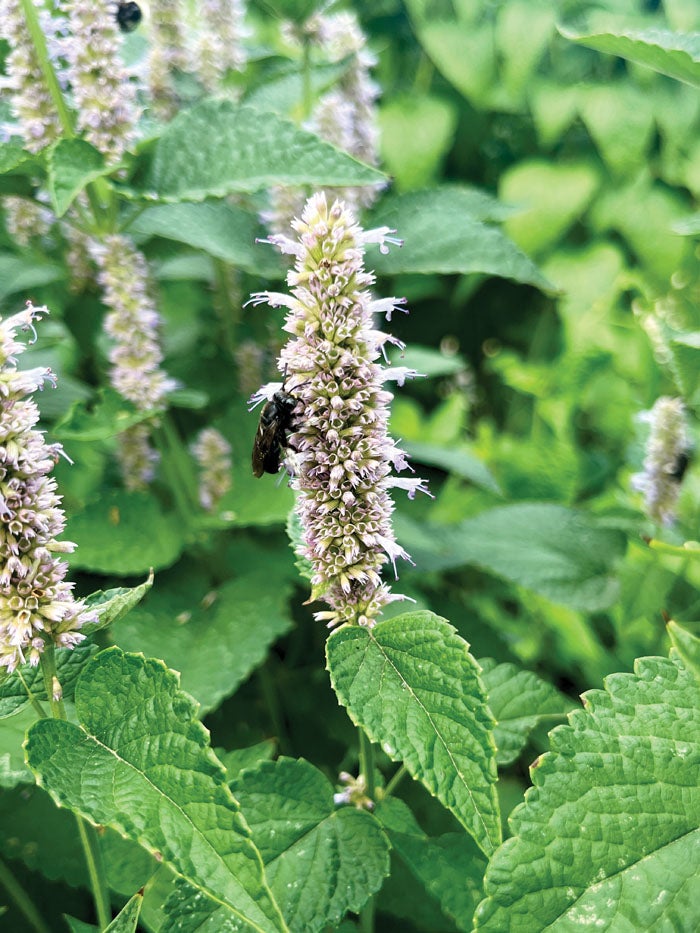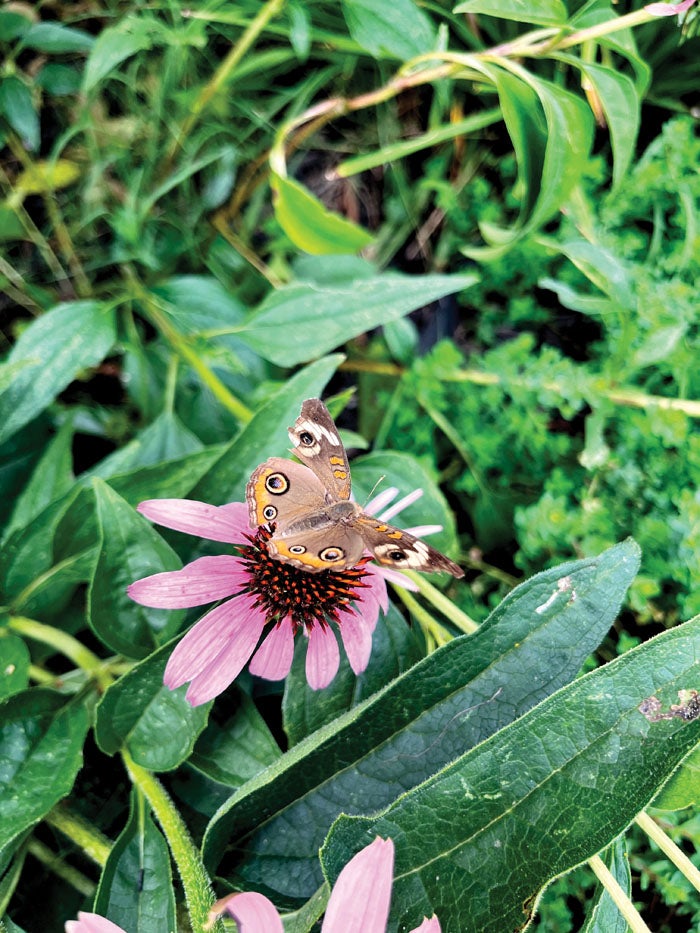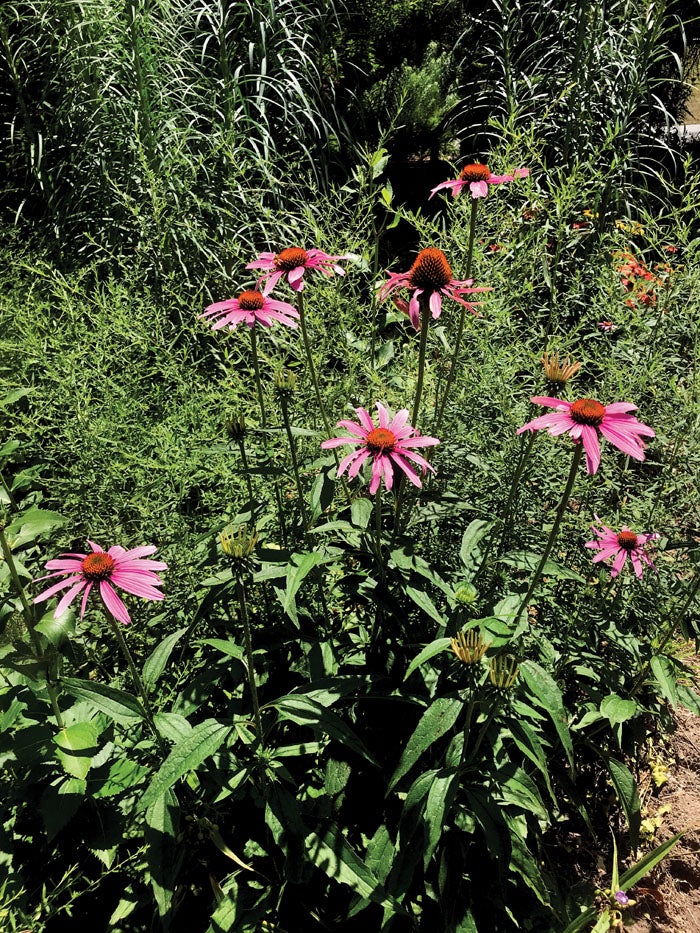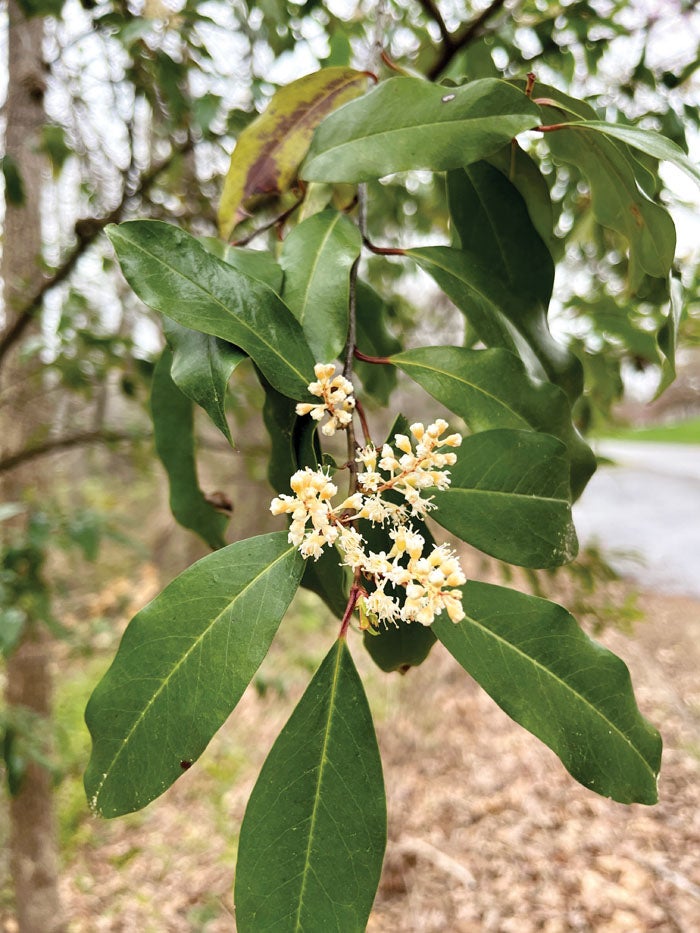Sarina Dellinger: Attracting pollinators to your garden
Published 12:00 am Saturday, April 22, 2023
By Sarina Dellinger
For the Salisbury Post
During the spring at Hurley Park, the birds seem to chirp a little louder, flowers abound and wildlife of all forms become more active. Some of my favorite flowers blooming this month have been the Virginia spiderwort, mayapples, dwarf crested iris, fringetrees and the native azaleas. The park visitation has increased with the warmer weather. It is truly a great place for a mid-day walk, picnic or photos!
Our native pollinators are creative when it comes to surviving the winter. Even when we can’t see them in the winter, they are all around us in the leaves, inside of hollow stems, underground, in old logs and more! Seventy percent of the native bees spend the winter in sandy, well-drained underground nests. The first step in attracting pollinators to your garden is protecting their winter habitat. A great start to increase pollinator sightings in your yard is to limit pesticide use, create brush piles and leave the leaves.
The same as you’d attract people to a well-decorated, delicious diner, the pollinators are attracted as well. One of the most common lessons taught in school is the life cycle of the butterfly. In order to see the fluttering wings of butterflies in the garden, we must also think about providing a delicious dinner to the caterpillars. Including a variety of trees, shrubs, perennials and grasses will ensure you provide forage for hungry caterpillars all season long. Some of my current favorites that I often observe for caterpillars are native cherries (Prunus sp.), ironwood (Carpinus caroliniana) and sedges (Carex sp.), even weedy plants that gardeners despise like beggarlice (Desmodium sp.) are food for hungry caterpillars.
In addition to your delicious food source buffet, adult butterflies will be highly attracted to red, yellow, orange, pink and purple blooms in sunny areas. It’s especially attractive if they are flat-topped like coneflowers (Echinacea sp.), clustered like Joe-Pye weed (Eutrochium sp.), or short-tubular like phlox. Bees are more attracted to white, yellow and blue flowers that are shallow in shape. I find many bees and other insects drawn to my anise hyssop (Agastache foeniculum) which is blue-purple in color with many small-lipped, tubular flowers. Be sure to provide a variety of colors that will host a succession of blooms from spring to fall for the best chance of attracting pollinators.
If you have smaller children in your life that are interested in pollinators, join Hurley Park staff on Wednesday, May 3, for the Pollinator Puddlers program at City Park Recreation Center. We’ll learn about backyard pollinators and create a pollinator puddler for families to take home. Registration is required by visiting salisburync.gov/play and the fee is $5.
Stop by the park and enjoy the pollinators that abound. To date, we’ve seen eastern tiger swallowtails, spicebush swallowtails, viceroys and more! Stay up to date with what’s happening at Hurley Park by following us on Facebook or Instagram @HurleyParkNC. To make a donation to the park, please give us a call at 704-638-5298 or go to salisburync.gov/hurleypark.
Sarina Dellinger is public garden supervisor for Salisbury Parks and Rec.







